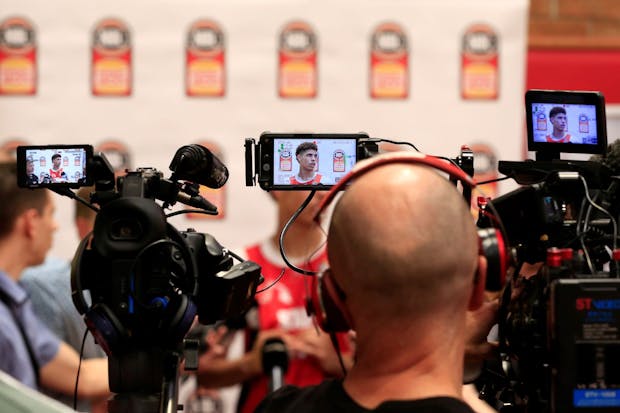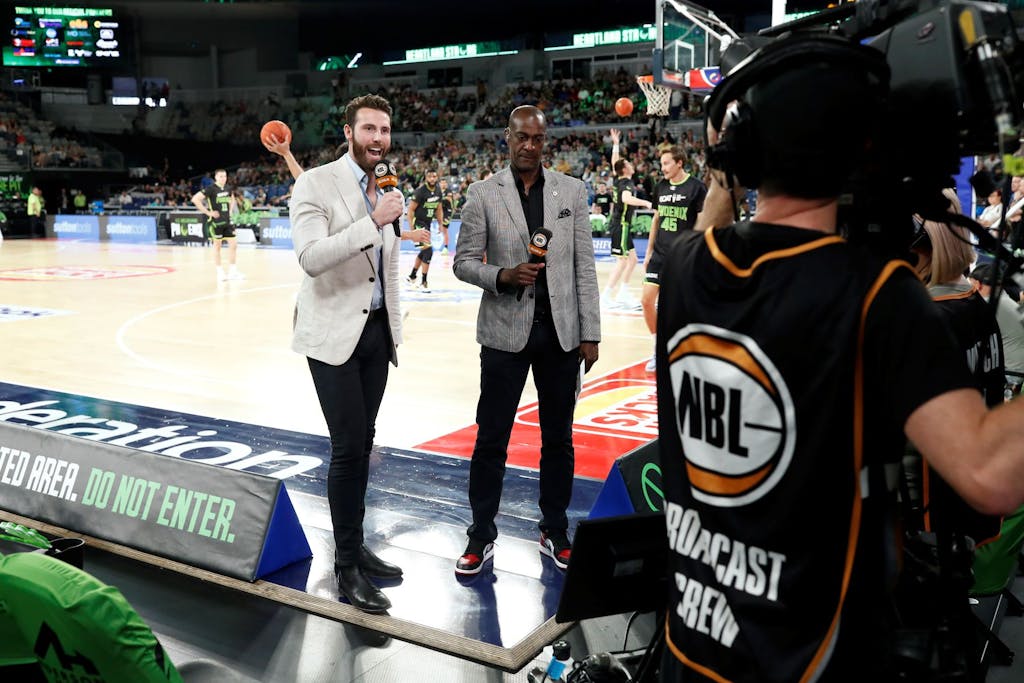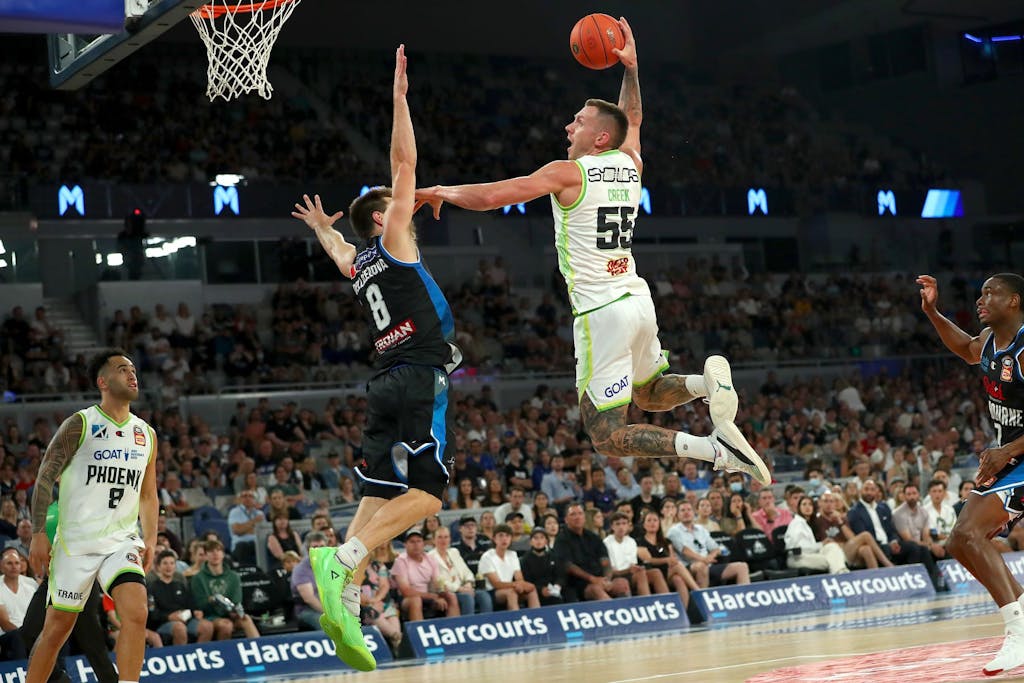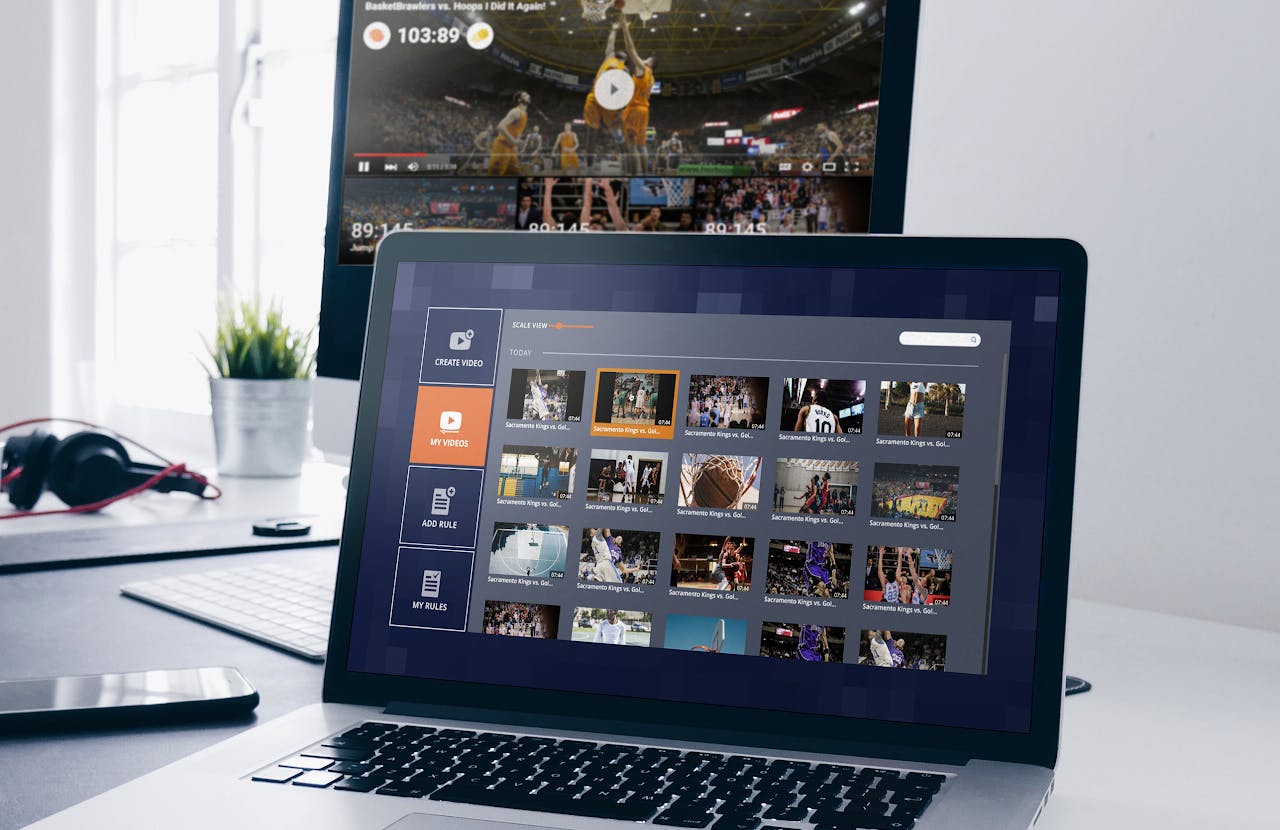
Digital transformation has helped to inspire the resurgence of Australia’s National Basketball League (NBL) over recent years, engaging new generations in a competition that now enjoys a stellar reputation across the basketball world.
Indeed, Jeremy Loeliger, who was the league’s chief executive for just over four years before becoming commissioner in 2019, has overseen growth across numerous metrics, with the action reaching more eyeballs, and a younger audience, than ever before.
For example, the total attendance across NBL games was more than 984,000 over the course of the 2022-23 season – the highest for 27 years. A record 67,811 fans attended the five-game championship series between the Sydney Kings and the New Zealand Breakers, with the deciding game at Sydney’s Qudos Bank Arena attracting 18,124 fans – a record for a single NBL fixture.
These tangible results have also been replicated away from the competition venues, thanks to an increasing focus on younger fans, particularly via digital channels, that has been supported by expert providers like WSC Sports.
Scalability
The technology provider, which enables sports rights-holders to generate personalised, automated content such as highlights in real time, began collaborating with the NBL, its first partner in the Asia-Pacific region, back in 2016.
 The relationship has allowed the league to take a streamlined and impactful approach to its digital content strategy – a considerable challenge given the sheer volume of games. As well as the top-tier NBL, the partnership covers NBL1, Australia’s semi-professional league, which comprises five conferences for men’s and women’s teams.
The relationship has allowed the league to take a streamlined and impactful approach to its digital content strategy – a considerable challenge given the sheer volume of games. As well as the top-tier NBL, the partnership covers NBL1, Australia’s semi-professional league, which comprises five conferences for men’s and women’s teams.
“Streamlined processes and less manual labour involved in creating quality content has had a direct and immediate impact on our bottom line,” Loeliger tells SportBusiness. “Having resources freed up from having to tag and edit content on the fly has allowed those staff to be more creative in the way the content WSC serves up is presented across our digital and social channels for the NBL.
“NBL1 was a whole new kettle of fish for us – we couldn’t have scaled the way we have so quickly without WSC Sports. We stream roughly 1,600 games each season for NBL1, with all those games now featuring automated highlights, mini-games and full-game replays published to our digital products without any staff member clicking a button.
“At times there could be close to 70 games in one night, and WSC Sports allows the team to spotlight the best moments from any game at any given time, which has resulted in significant growth across our social media platforms and most importantly a better, more timely experience for our fans.”
Resources
By Loeliger’s own admission, the NBL’s digital and content team is “relatively modest” in terms of its size. However, with WSC Sports’ support, they can concentrate on the “intangible creative and human elements” that drive the league’s social media campaigns.
In addition, the NBL has become a “trusted source of meaningful feedback” for WSC Sports, with the league often experimenting with new products developed by the company. So far, the technology provider’s products and services have been used across the NBL, NBL1, 3×3 Hustle events and now by NBL Oz Gaming, a new NBA 2K League esports franchise.
 The NBL is also currently undertaking a major database project to build out its automated CRM processes. Loeliger explains that this data will, in time, integrate with WSC Sports to provide fans with a “hyper-personalised” experience to give them the content they want.
The NBL is also currently undertaking a major database project to build out its automated CRM processes. Loeliger explains that this data will, in time, integrate with WSC Sports to provide fans with a “hyper-personalised” experience to give them the content they want.
It forms part of the league’s plans to better communicate with fans and understand their habits – at home and abroad.
“In addition to providing our younger fans with more timely content that is more relevant to them, WSC Sports has also helped to unlock access to fans in a number of international markets,” Loeliger says.
For instance, the NBL’s Next Stars programme features highlights of future NBA Draft picks in action on Twitter and YouTube, building hype and anticipation around their debut in the sport’s number-one league in North America.
“Additionally, international players like Kai Sotto in the Philippines and Zhou Qi in China have driven a need to deliver their specific highlights and content to broadcasters and media in their respective home markets, which WSC Sports allows us to do very efficiently,” Loeliger says.
Viewing habits
The NBL has domestic media-rights deals with pay-television broadcasters ESPN and Foxtel, media group News Corp Australia, and free-to-air broadcaster Network Ten. Last year, the league bolstered its overseas media coverage, with subscription broadcaster DAZN acquiring rights across Europe and Canada.
“If I was to point to our most notable growth in the last 12 months, other than broadcast which is up 46 per cent, I would call out our explosion on TikTok, which is demonstrative of the NBL’s appeal with a younger audience,” Loeliger adds. “Our TikTok following has now surpassed our Instagram following, and we have also recently surpassed the AFL’s TikTok account.”
The growing appeal of platforms like TikTok that provide short snippets of content tallies with broader viewing habits. Research has shown that in the US, for example, most 18 to 34-year-old NBA fans now prefer to watch highlights rather than full games, with nearly half of 35 to 49-year-olds saying the same.
 While viewership of the NBL’s full-game coverage continues to increase “significantly” year-on-year, the growing appetite for shorter-form content cannot be ignored.
While viewership of the NBL’s full-game coverage continues to increase “significantly” year-on-year, the growing appetite for shorter-form content cannot be ignored.
“We have seen a consistent increase in the popularity of ‘Condensed Games’ or ‘Mini Games’ that sit around 10 to 12 minutes in duration – so considerably longer than traditional game highlights, allowing the fan to get a better sense of the story around the game,” Loeliger says. “We provide this content to one of our broadcast partners, Kayo (Foxtel), who have seen significant growth in viewership on NBL Minis over the past two seasons.”
More broadly, the ongoing challenge – as is the case for rights-holders across the industry – is to adapt to the demands of digitally savvy younger fans who are craving customised experiences on devices of their choice.
“Greater personalisation will be prioritised as we look to cater to the fan first in everything we do,” Loeliger concludes.